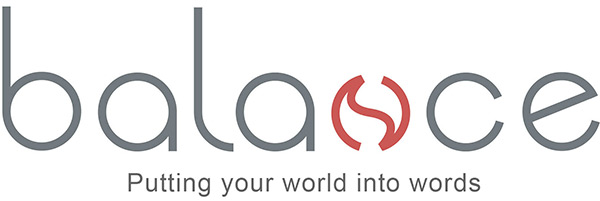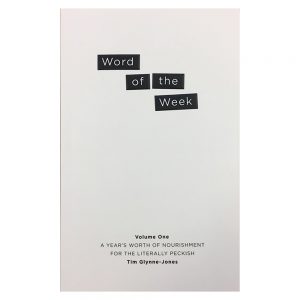
Aa-aaaaaaaaaah! Saviour of the universe! Do you ever wonder where we would be without that little lever, push button or chain that we take for granted every day of our lives?
One of the most eye-opening experiences of my life was my first visit to a Qatari toilet, a few years ago at Doha airport. (You want to pay attention here because if we get through this World Cup unscathed you might be doing this yourself in four years time). I was feeling anxious for several reasons: it was my first time in the Middle East; I was leaving my loved ones behind for a long stretch; and I usually try to avoid heading straight for the dunny on touch-down because that’s what the mules do, isn’t it? And in a country where you get blocked for Googling ‘Lancashire Hotpot’, I didn’t want to arouse any suspicion.
However, it was 10 in the morning local time and I’d just eaten dinner and breakfast, not to mention getting outside a couple of G&Ts and a packet of peanuts, in the space of a seven hour flight. Suffice it to say the call of nature was drowning out the muezzin.
As I sat there, contemplating my bizarre predicament, I became aware of a series of unusual sounds coming from the adjacent cubicle: swishing, gurgling sounds, like a whale swallowing a car wash. “Blimey,” I thought, “I’m in one of those toilets where they flush the whole place before you’ve had a chance to leave.” Heart pounding, I covered my eyes until all I could see was a tiny speck – my comfort zone disappearing into the distance. And then it dawned on me. What I was listening to was the post-defecatory ablution ritual, Arabic style. I’d noticed that next to each cistern was a shower head on a length of flexihose. Contrary to my initial assumption, it clearly wasn’t for the benefit of the janitor.
I hadn’t come across this in my diligent research of local culture and customs and I couldn’t help but speculate upon the sheer skill of it. Anyone who has turned a tap on when there’s a spoon in the sink will know how water is naturally attracted to dry clothing, especially a gentleman’s lower garments. Yet when I emerged from my cubicle expecting to find some soggy specimen sporting the disgruntled look of a sea cucumber that had been swallowed and regurgitated by a squid, I was amazed to find myself face to face with a dapper, self-assured and entirely dry young man looking pristine in his long, white thaub, as if he’d just come straight from the laundrette. To this day I don’t know how he did it.
I’m sharing this with you because, along with fire, the human obsession with flushing is important. It’s the evolutionary leap that separates us from the rest of the animal kingdom. Around the world we have different methods of separating ourselves from our waste, but the best ones all involve the liberal use of water. Or flush.
The invention of the flushing toilet is generally credited to the appropriately named 19th century plumbing pioneer Thomas Crapper. But, as Crapper himself might have said, there are a few things that need clearing up here. Firstly, the ancients of the Indus Valley five thousand years ago had a flushing toilet in every house. Queen Elizabeth I too had the luxury of a flushing toilet at Richmond Palace (enter Royal flush joke here), invented by her godson Sir John Harrington. The popular image of Elizabethan England being knee deep in untreated sewage belies the efforts of people like Harrington. The reason the Industrial Revolution didn’t get going until the 1700s was because the best minds in England were all occupied with perfecting a workable flush system and inventing the S-trap. It was only once these essential items were in the bag that they could turn their attention to crop rotation and the cotton mill.
Secondly, Crapper did not give rise to the word crap. That was actually a Middle English word for chaff.
But Crapper did invent the ballcock flushing mechanism and also patented the siphonic flush. He was a toilet enthusiast in a century of toilet enthusiasts: Joseph Bazalgette, architect of the London sewers; Thomas Twyford, inventor of the one-piece ceramic flush toilet and pioneer of the distributing rim. Makes you proud to be British.
Flush is an interesting word because it doesn’t only apply to toilets, does it? In fact, it has a broad range of definitions. As well as to flush with water or flush out, there’s flush as in level, flush as in well off for cash, flush as in to redden in the face and a flush in cards.
The Romans had the word ‘flux’, meaning ‘flow’, which gave us the original meaning of flush – a sudden rush or spring. This idea of something filling up suddenly probably leads to all the modern definitions: the blood that flushes your cheeks; the money that floods into your coffers; the full hand of cards of the same suit. And if you fill a tank with water, it comes flush with the top.
The city of Flushing in Holland is not a toilet. It’s a misspelling of its real name, Vlissingen. Dutch Colonists founded their own Vlissingen in New York and the British promptly called that one Flushing too. No wonder the Dutch regard us with an air of disapproval. But it was in the meadows of Flushing, NY, that a tennis court was built, which now hosts the US Open.
A Royal Flush, of course, is the highest hand in Poker. I know that because tonight I’m playing poker and I intend to come away feeling flush. I laid the groundwork at the last tournament a few months ago by pretending to be crap, asking the dealer to twist and shouting “snap!” every time I got two of a kind. It’s all about the long game. So tonight I won’t be considered a threat and I will hose them off their cash with all the skill and precision of a Qatari prince.
Big jobs or small, putting Balance in your diet will help to lighten your load.


